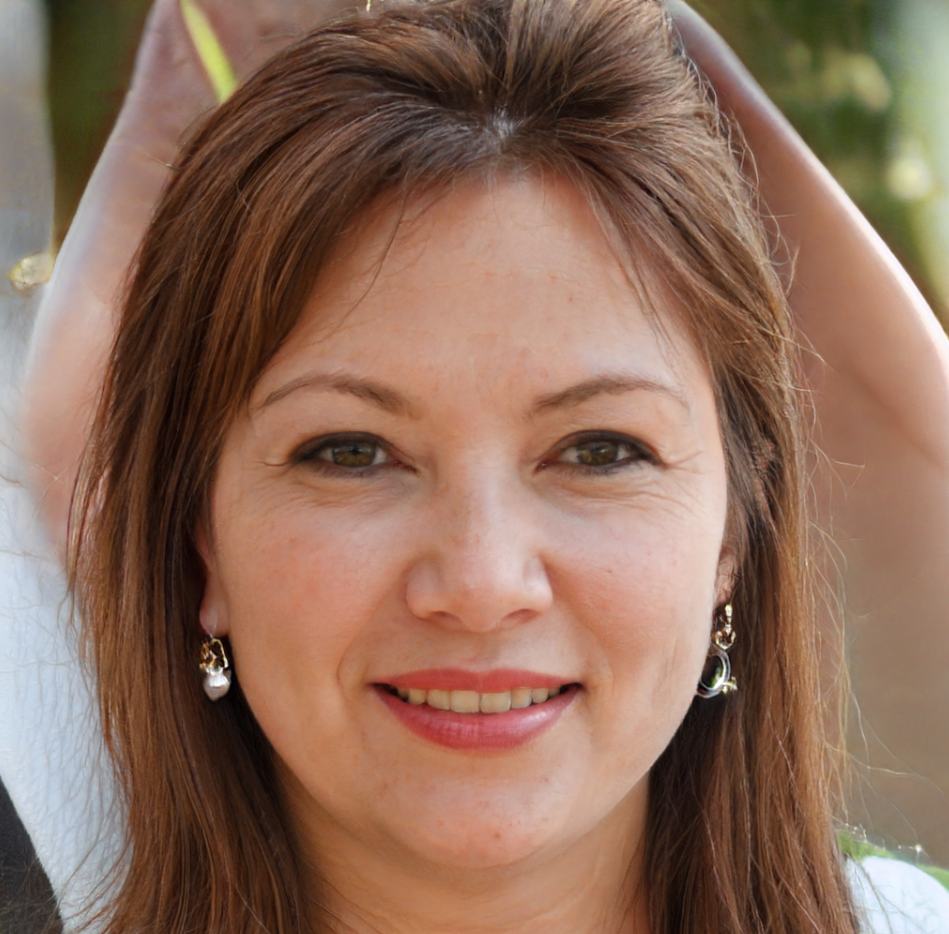The 25-Year Shoulder Pain Solution: Dave's Story
612 View
Share this Video
- Publish Date:
- 20 July, 2024
- Category:
- Back and Neck Pain
- Video License
- Standard License
- Imported From:
- Youtube
Tags
Here’s how Dave Made a DRAMATIC Breakthrough for a 25 year old shoulder problem -
He went from barely being able to raise his arm to being able to do overhead presses like he’s training for the olympic games - all through simple do-it-yourself exercises.
Now when Dave showed up, he couldn’t lift his arm up in front without excruciating pain, it’s painful even to watch him try.
His shoulder impingement test was 10 out of 10 painful on the right, and 10 out of 10 painful on the left.
While everyone else was fixated on the site of the problem as the problem, we took a holistic approach, and assessed his whole body, and found THE NECK was a big factor.
He had a posture we nicknamed “Scrambled neck”, where one neck bone seems to be shifted forward and another neck bone seems to be shifted backwards.
A neck like this isn’t surprising considering the amount of head trauma he’s probably experienced…
Theoretically pulling up on his neck should help the neck bones move back to center temporarily…
which may take pressure off the nerves involved in his shoulder issue.
So as an experiment, we tractioned his neck and re-tested his shoulder.
With the neck traction there was a dramatic improvement in comfort and movement in the shoulder, thus verifying a neck-focused approach should be helpful.
I joked that from now on he would have to walk around all day WITH ME pulling his head up the whole time…but only 2 people laughed at that joke.
Ya I probably should have just left the room at that point!
For his first round of corrective exercises, we took him through some neck decompression drills, followed by an isometric, to achieve supportive stiffness with his straight neck posture…to keep things in place in a lasting way.
We immediately re-tested and he said the pain was improved from 10 out of 10, to 2 out of 10.
With the residual discomfort being described in an area that seems indicative of the suprascapular nerve pathway.
I looked at his posture and observed an elevated scapula on his right side, which may pushing the suprascapular notch up into the suprascapular nerve.
To test this theory, I manually pushed his shoulder down, and asked if that made things better. And he said there was NO PAIN anymore…suggesting the right shoulder needs to go down.
So for our second round of correctives, we stretched out his right upper trapezius, which dropped his right scapula back down into alignment with the left side.
His front arm raise test was now PERFECT, and PAIN FREE.
Look how it is compared next to how he was before!
Additionally, his shoulder impingement test was almost perfect, with only slight residual discomfort.
But we re-tested his left side…and it was still problematic.
He said the pain was focused on the front of his shoulder, which could suggest a loose anterior capsule, specially a loose subscapularis.
We did a low elbow internal rotation test for the subscapularis, and sure enough, it was weak and painful.
Then I had him tighten it up, by reaching deep into the front of his shoulder, and compressing it, and instantly things improved - suggesting we’re on the right track.
So for the third round of correctives, we started by FIRST decreasing tension in his infraspinatus.
Why? Because through something called reciprocal inhibition, a tight infraspinatus may inhibit activation of it’s opposite muscle, the subscapularis.
And Dave's infraspinatus was so tense and knotted that we had to call for backup.
Isaac stepped up to the front of the class, equipped with his massage gun, to assist.
We then did isometrics to tighten the subscapularis.
And we finished by doing supraspinatus isometrics to help centrate the humeral head in the glenoid fossa.
We re-tested and his left shoulder was dramatically better, with only slight discomfort remaining.
But…within a day he said he was totally pain free,
And…within a week he was hitting the gym and lifting weights like an elite athlete once more.
This guy is unstoppable now!
But although we quickly created a beneficial shift - it’s not a quick fix.
The drills must be completed daily for 6-8 weeks for a true and lasting change in muscle and tendon length.














